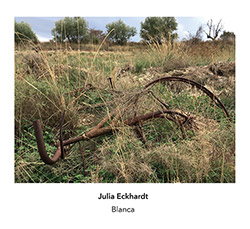
Developed during a residency in the Spanish town of Blanca, violist Julia Eckhardt's eight compositions trace daily walks through the arid hills as sound, image, and memory, each piece born from field recordings, photographs, and improvisations that echo the wind-swept landscape, transforming the act of walking and listening into meditative musical reflection.
In Stock
Quantity in Basket: None
Log In to use our Wish List
Shipping Weight: 3.00 units
EU & UK Customers:
Discogs.com can handle your VAT payments
So please order through Discogs
Sample The Album:
Julia Eckhardt-viola, photographs
Click an artist name above to see in-stock items for that artist.
Label: Another Timbre
Catalog ID: at244
Squidco Product Code: 36802
Format: CD
Condition: New
Released: 2025
Country: UK
Packaging: Cardboard Gatefold
Recorded at Chapelle du Grand Hospice, in Brussels, Belgium, in Autumn, 2024, by Christophe Albertijn.
"In November 2022, I spent a month as an artist in residency at Centro Negra in the small town of Blanca in the South-East of Spain. I undertook a daily protocol of walking without plan or destination which took me into the wide, majestic, and slightly intimidating hills outside the town. Each day, after a set amount of time I stopped to make a field recording and a detail photo, and upon my return to Centro Negra, recorded an improvisation on the viola echoing the energy of that accidental place. Recording, image and improvisation became three ways of creating imprints of memory. Improvising felt similar to walking into the unknown; adventurous and slightly fearful at the same time, with the wind in the wide and karstic landscape, unhampered by the sparse vegetation, being a constant presence. Eight of these improvisations became the compositions on this release in which the wind patterns of Blanca are a guiding presence."-Julia Eckhardt
Notes On Blanca By Julia EckhardtIn November 2022, I spent a month as an artist in residency at Centro Negra in the small town of Blanca in the South-East of Spain. I undertook a daily protocol of walking without plan or destination which took me into the wide, majestic, and slightly intimidating hills outside the town. Each day, after a set amount of time I stopped to make a field recording and a detail photo, and upon my return to Centro Negra, recorded an improvisation on the viola echoing the energy of that accidental place. Recording, image and improvisation became three ways of creating imprints of memory. Improvising felt similar to walking into the unknown; adventurous and slightly fearful at the same time, with the wind in the wide and karstic landscape, unhampered by the sparse vegetation, being a constant presence. Eight of these improvisations became the compositions on this release in which the wind patterns of Blanca are a guiding presence.
Another Timbre Interview With Julia Eckhardt
You describe the process of going for a walk, taking a photograph of a detail from the scenery you found yourself in, making a field recording, and then recording a solo improvisation when you got back to the centre where your residency was taking place. Is this a process that you have used before, or was it somehow inspired by something particular to the situation at Blanca?
Yes, I have tried this protocol before, but never brought it to an end. My life can be very fragmented by moments and I'm quickly distracted generally. I probably needed that dedicated time of the residency in Blanca to realise it. Such a protocol requires some consequence, to also carry out the task when you don't feel like it. If you carry on with it, eventually you go into depth and into new questions and directions, but in the moment, on the way, the repetition often feels pointless. I have done something a bit similar in an earlier piece, Time Suspension. There was no walking involved, but a daily protocol of improvisation and the repetition of the improvisation of the day before. I carried on for one month, and got really bored at moments, but was happy in the end - especially with what happened in those moments of boredom, and how I got out of there.
Did you play back the field recordings before recording the improvisations, or ever try playing alongside the field recordings?
No. Partly because I didn't have the infrastructure for play-back in Blanca, and also because that would have led me in a totally different direction. For example, they would have needed editing, so I would have started to think about how to improve them - because they are really not good recordings at all, there is wind saturation on almost every single one. That could have been interesting in itself, but then I have neither the skills nor the gear to do it in a satisfactory way. I really like listening to field recordings, but I'm not good at making them, I don't have the patience. I consider my practice being in playing my acoustic instrument with which I have a certain palette of expression at my disposition, and I'm very fond of its physical, active side, the "doing" of it. So that's what I wanted to use, and to develop, and to enjoy doing. Initially I had planned to use the field recordings in concert alongside the viola composition, and at the premiere I did, but I used them more as an ambiguity, as if there was a window left open. And there is a tiny reminiscence in this release, but all in all I thought I could let go of them.
Did you ultimately write out the compositions as actual scores, or were they more in the form of notes based on ideas in the improvisations?
Yes, in this case I did note them down, and it became a piece that I can play again. If I had not made the scores, I would consider it a recording project (like Time Suspension), which can only be played back, not played again in another context. The difference is that here I have reworked the essence of the single pieces, and although they started from improvising, they are now developed into compositions. I find there's a big difference between working on a practice when it's improvisation, and working on a piece when it's composition. I'm not sure the score as it is now could be played by someone else, because the piece involves some techniques which I use habitually but which would probably need some explanation. But in theory it could be done. However, there are no plans in that direction, and the written compositions are mostly just for me to remember the piece. In that way, they have also served to develop the piece, to remember the previous steps and be able to build further on them. And beside all that, I like the drawing and writing aspect of making a score as well.
Could you tell me something about your background in music? How did you come to experimental music, and why did you set up the Q-O2 centre?
I received a training as a classical viola player and played in various ensembles and orchestras during and after my studies. Q-O2 was in the beginning an ensemble I set up with a few friends, to play contemporary music, for example by composers who had become friends, and also, more and more, to practise improvisation and set up more interdisciplinary collaborations. Brussels was a very open playfield around the year 2000, and we got opportunities to explore process and research, and experiment with genres and formats. I guess it suited my curiosity for the reasons why we make this music, how decisions are taken, choices made, desires and curiosities awoken. And of course that's something you don't do alone, you need some kind of community of like-minded people - not necessarily having the same opinions and tastes but sharing the wish to explore and experiment. In 2006 then there was the opportunity to ask for funding as a 'workspace' or laboratory, a category which fitted Q-O2 really well. It meant that we could have funding for four years and - most importantly I think - have our own space. So that's where we are: having artists over for residencies, setting up research projects or activities like listening sessions or workshops, sometimes publishing CDs or small books, and for the past seven years we have also run a festival giving a podium to all that has happened at Q-O2, which for me feels like an annual celebration of a different kind of being together than we are used to in our everyday lives.
I'm more familiar with you as a player/improviser than as a composer. Are you working on any other composing projects at the moment?
Not at the moment, but I'd like to create another opportunity to do so in the future. I think when I'm composing it's usually in response to someone or something - in the case of Blanca firstly to the time at Centro Negra, where I collected the material, and then later to the invitation from the series eye ear from Florence Cats, for which I finished the piece. In that sense maybe I'm a sort of hobby composer: I only make a piece when the situation is there for it; I can't make one out of nothing. And there are usually other things to do that are more urgent, especially with my work as an organiser, but also as a player. That's where I feel I'm a professional; following through on those things, especially when I don't really feel like it. But I enjoy composing very much; I feel there are very few situations where I can be so much myself without needing too many words. Whether it's any good or not, nobody else could have made the piece I made. It's a reflection of my very personal and singular constitution, which is constructed out of a million accidentalities, and which changes all the time in ways I don't really grasp myself. Such a composition is a manifestation of that individuality, and being able to make such a unique appearance in the world through a piece of music feels very special.
Artist Biographies
• Show Bio for Julia Eckhardt "Julia Eckhardt is a musician and organiser in the field of the sonic arts. She is artistic co-director of Q-O2 workspace for experimental music and sound art, and of Oscillation festival in Brussels. She has performed and released internationally, and has been engaged in a number of artistic collaborations, among which extensively with composer Éliane Radigue. Julia is (co-)author of books such as The Second Sound - Conversations on Gender and Music, Grounds for Possible Music, and Éliane Radigue - Intermediary Spaces/Espaces intermédiaires, among others. She is a researcher at the philosophical faculty at VUB Brussels, and has been teaching and lecturing on topics related to sound, music, gender, and space." ^ Hide Bio for Julia Eckhardt
10/7/2025
Have a better biography or biography source? Please Contact Us so that we can update this biography.
Track Listing:
1. Air 05:03
2. Patterns, Slow 04:56
3. Clouds Swirling 05:01
4. Levity 04:59
5. Wind (Figures) 05:06
6. Circular 05:00
7. Starling Murmurations 04:57
8. Wind Again 05:05
Compositional Forms
Electro-Acoustic
Field Recordings
Electroacoustic Composition
New in Compositional Music
New in Experimental & Electronic Music
Recent Releases and Best Sellers
Search for other titles on the label:
Another Timbre.
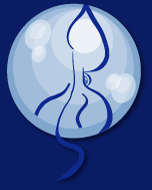

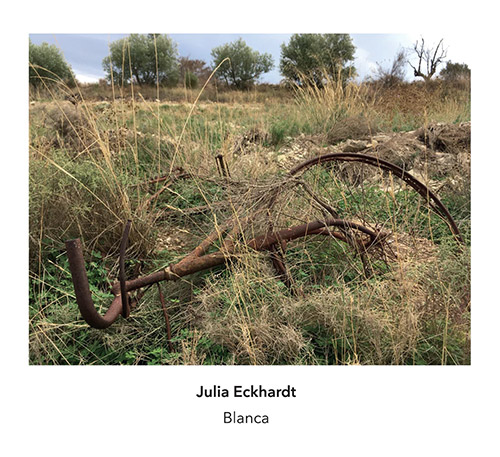
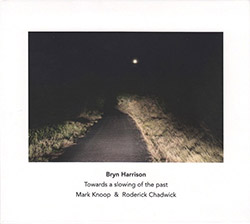
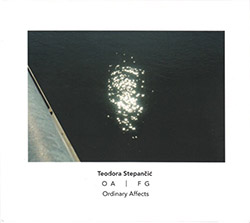
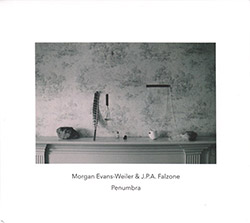
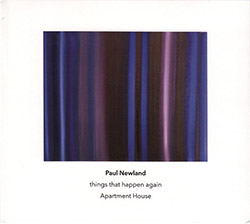
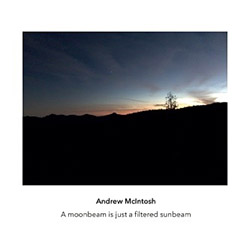
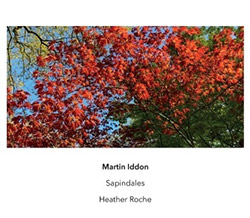
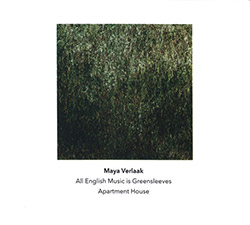
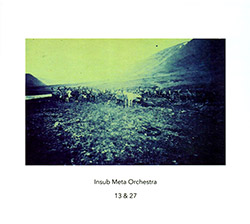
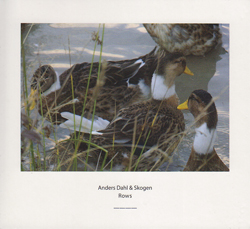
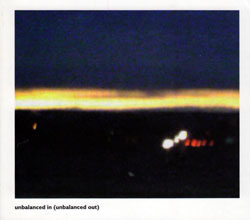
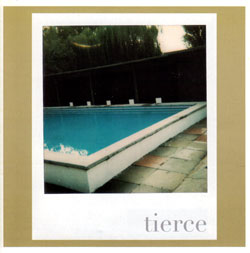
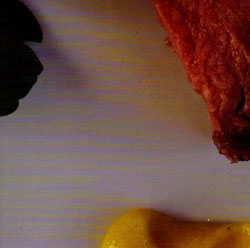
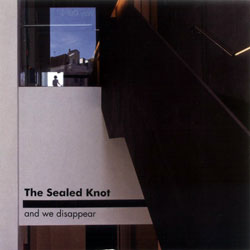
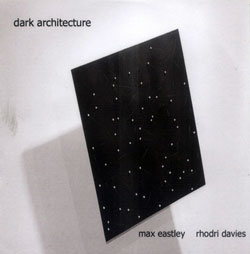

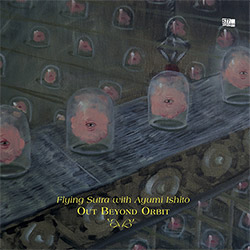
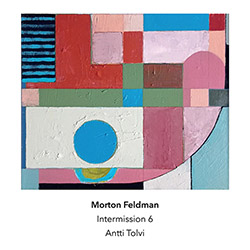
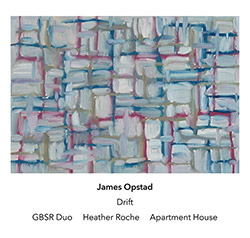
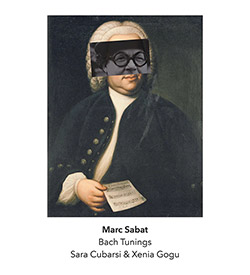
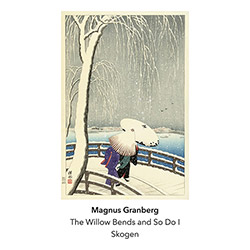
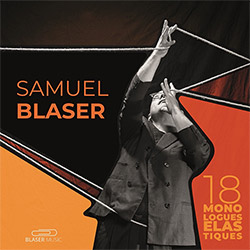
![Necks, The: Disquiet [3 CDs]](https://www.teuthida.com/productImages/misc4/36735.jpg)
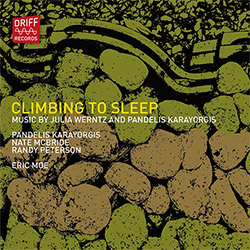
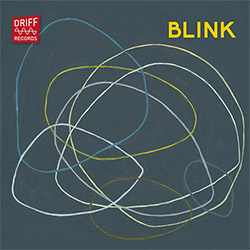
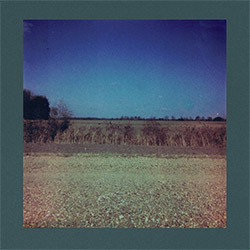
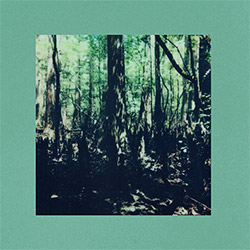
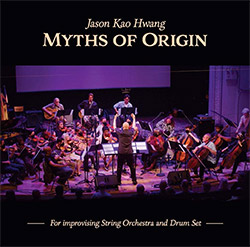
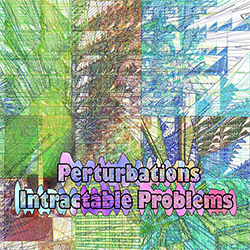
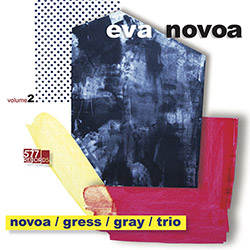
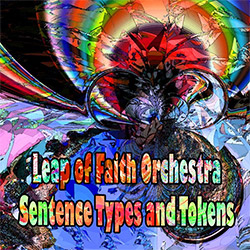
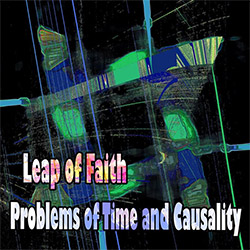
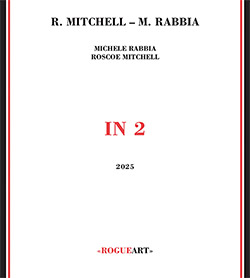
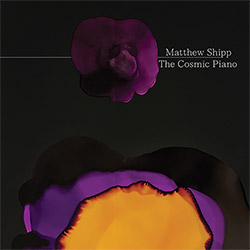
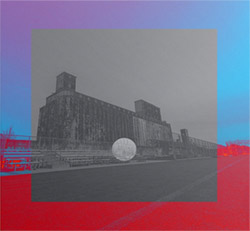
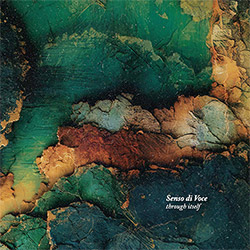
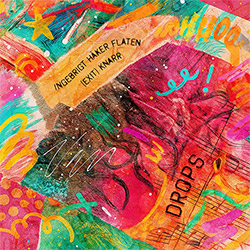
![Haker Flaten, Ingebrigt (Exit) Knarr: Drops [VINYL]](https://www.teuthida.com/productImages/misc4/36809.jpg)
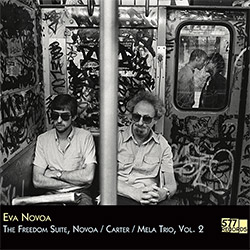
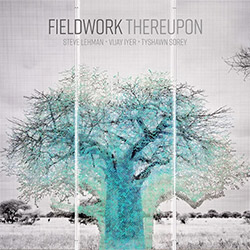
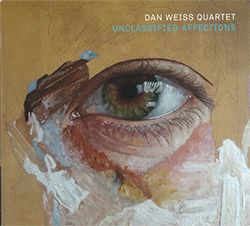
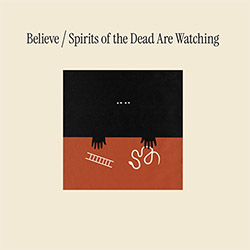
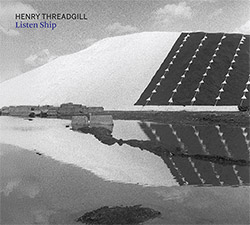
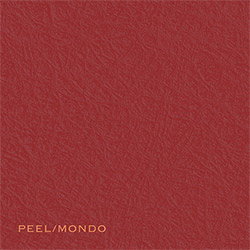
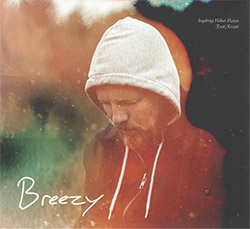
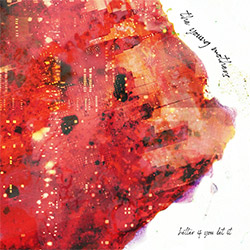
![Young Mothers, The (Haker-Flaten / Rosaly / Taylor / Jackson / Gonzalez / Horne): Better If You Let It [VINYL]](https://www.teuthida.com/productImages/misc4/36806.jpg)
![Doneda, Michel / Frederic Blondy: Points Of Convergences [2 CDs]](https://www.teuthida.com/productImages/misc4/36749.jpg)
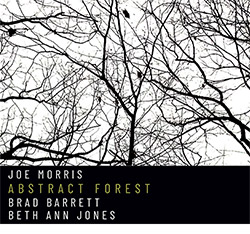
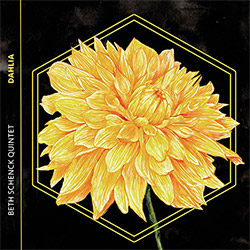
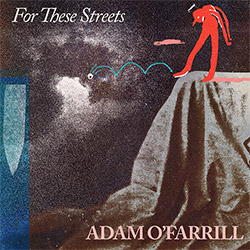
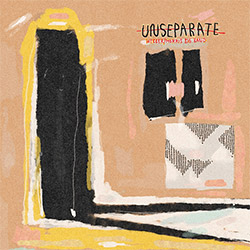
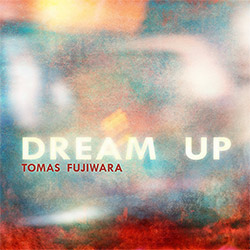
![Schulze, Phillip (w/ Anthony Braxton / Christian Jendreiko / Andrew Raffo Dewar / Detlef Weinrich): Ambassador Duos [DOUBLE VINYL + CD]](https://www.teuthida.com/productImages/misc4/36733.jpg)
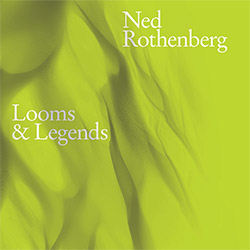
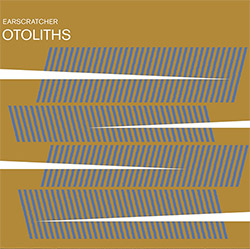
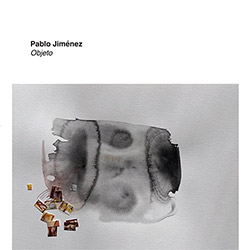
![Normand, Eric: Une Methode (Non Illustree) Pour Jouer La Basse Electrique [BOOK w/ DOWNLOAD]](https://www.teuthida.com/productImages/misc4/36794.jpg)
![Normand, Eric: Dur Temps Pour les Rouges [CASSETTE w/ DOWNLOAD]](https://www.teuthida.com/productImages/misc4/36775.jpg)
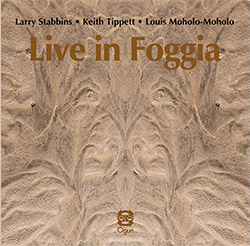
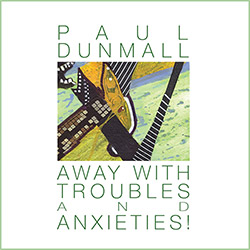

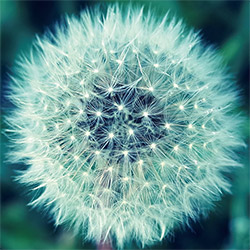
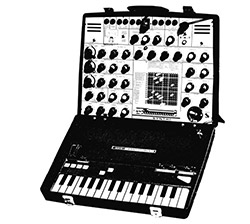
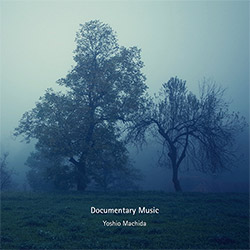
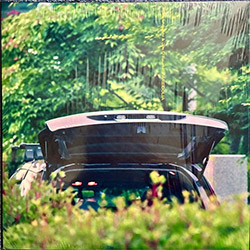
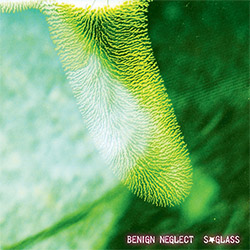
![A Magic Whistle: The Solar Cell [VINYL]](https://www.teuthida.com/productImages/misc4/36658.jpg)
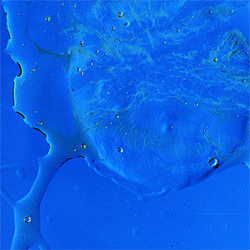
![McGee, Hal: Columbus Expedition [Cassette w/ Download]](https://www.teuthida.com/productImages/misc4/36650.jpg)
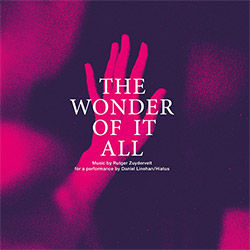
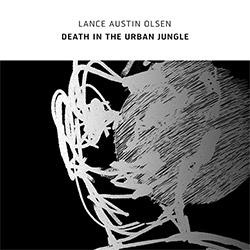
![Jaeger, Kassel: Fernweh [VINYL 2 LPs]](https://www.teuthida.com/productImages/misc4/36541.jpg)
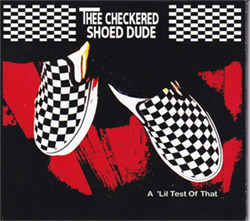
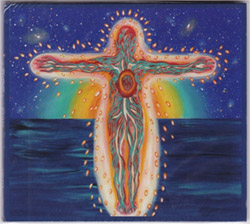
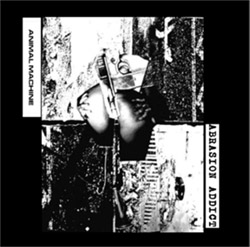
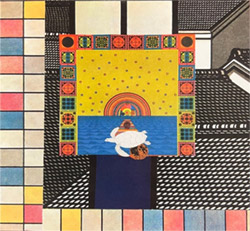
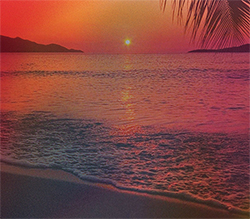
![+DOG+: The Light Of Our Lives [2 CDs]](https://www.teuthida.com/productImages/misc4/36009.jpg)
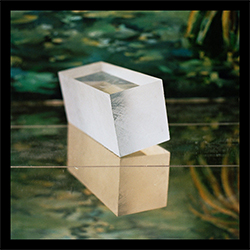
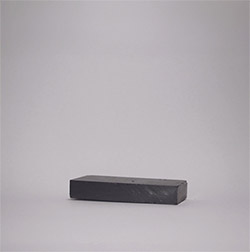
![Eternities: Rides Again [CASSETTE]](https://www.teuthida.com/productImages/misc4/36247.jpg)
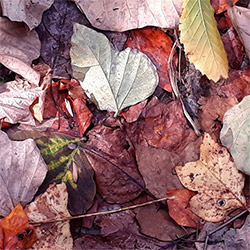
![Lopez, Francisco: Untitled (2021-2022) [2 CDs]](https://www.teuthida.com/productImages/misc4/36438.jpg)
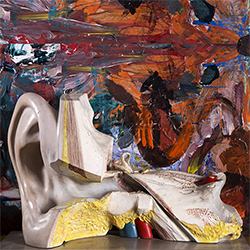
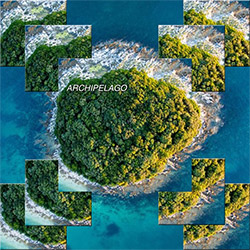
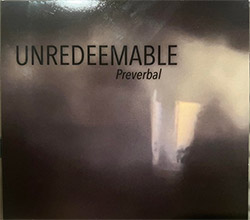
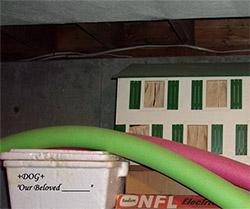
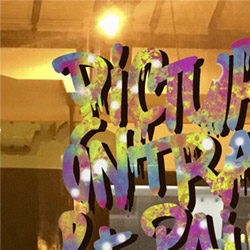
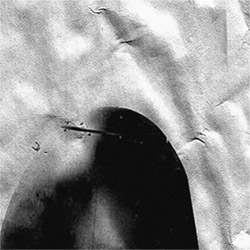
![Money : Money 2 [2 CDs]](https://www.teuthida.com/productImages/misc4/35894.jpg)
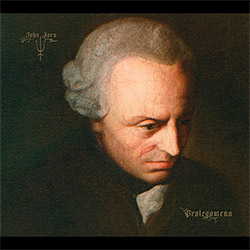
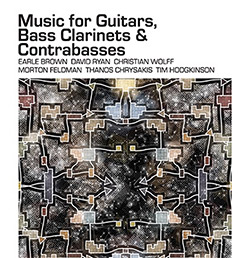
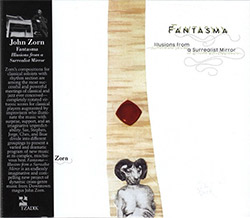
![Musicworks Magazine: #151 Summer 25 [MAGAZINE + CD]](https://www.teuthida.com/productImages/misc4/36559.jpg)
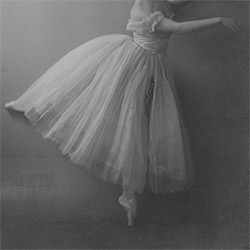
![Brown, Dan / Dan Reynolds: Live At The Grange Hall [unauthorized][CASSETTE]](https://www.teuthida.com/productImages/misc4/36245.jpg)
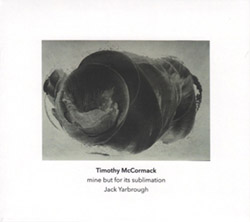
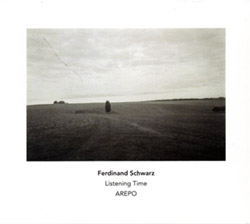
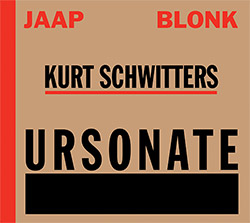
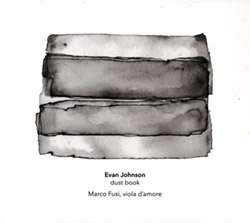
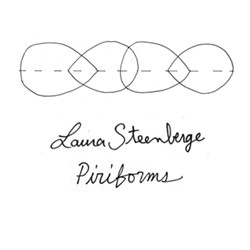
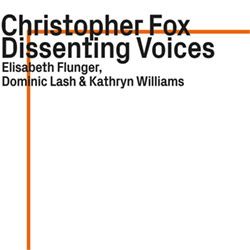
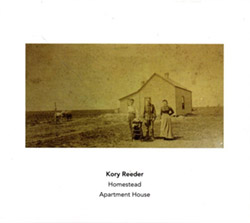
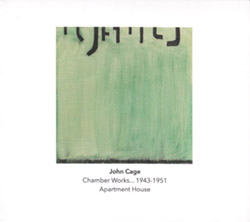
![Palestine, Charlemagne / Seppe Gebruers: Beyondddddd The Notessssss [VINYL]](https://www.teuthida.com/productImages/misc4/36206.jpg)
![Palestine, Charlemagne / Seppe Gebruers: Beyondddddd The Notessssss [NEON GREEN VINYL]](https://www.teuthida.com/productImages/misc4/36207.jpg)
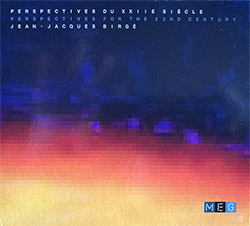
![Laubrock, Ingrid: Purposing The Air [2 CDs]](https://www.teuthida.com/productImages/misc4/35639.jpg)
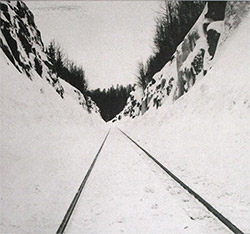
![Yoko, Ono / The Great Learning Orchestra: Selected Recordings From Grapefruit [2 CDs]](https://www.teuthida.com/productImages/misc4/35841.jpg)
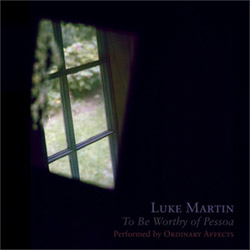
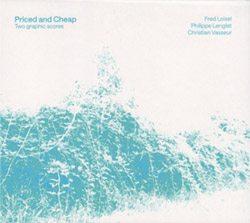
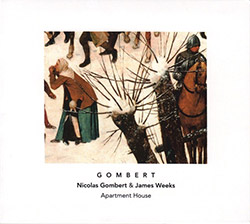
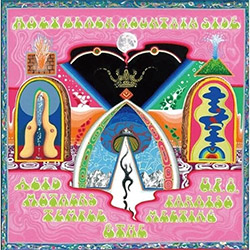
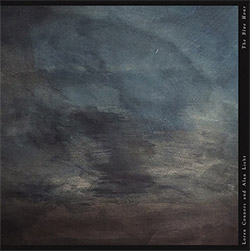
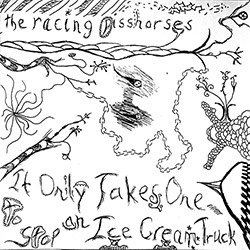
![Koenjihyakkei: Live at Club Goodman [2 CDs]](https://www.teuthida.com/productImages/misc4/36111.jpg)
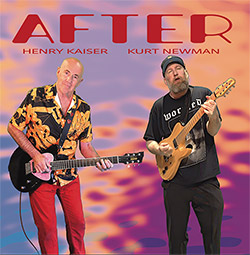
![Sorry For Laughing (G. Whitlow / M. Bates / Dave-Id / E. Ka-Spel): Rain Flowers [2 CDS]](https://www.teuthida.com/productImages/misc4/35985.jpg)
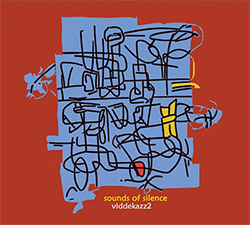
![Rolando, Tommaso / Andy Moor : Biscotti [CASSETTE w/ DOWNLOADS]](https://www.teuthida.com/productImages/misc4/36106.jpg)
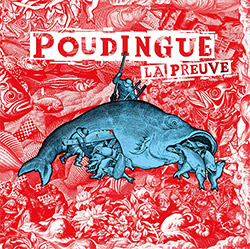
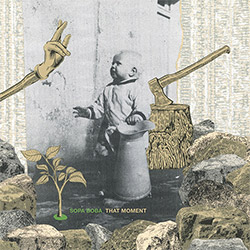
![Electric Bird Noise / Derek Roddy: 8-10-22 [CD EP]](https://www.teuthida.com/productImages/misc4/35970.jpg)
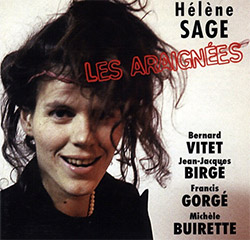
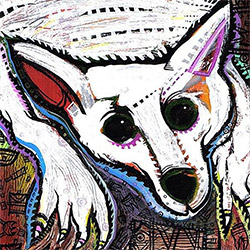
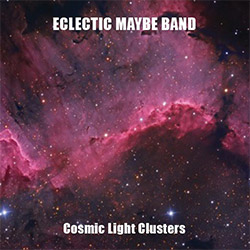
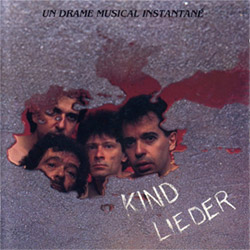
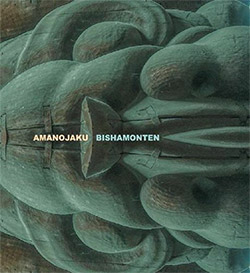
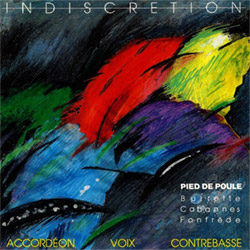
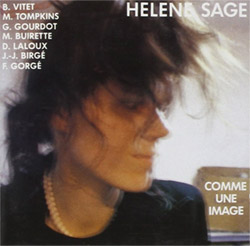
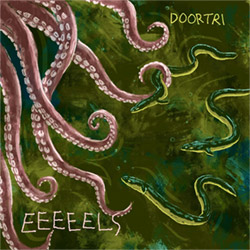
![Elephant9 : Mythical River [VINYL]](https://www.teuthida.com/productImages/misc4/34624.jpg)
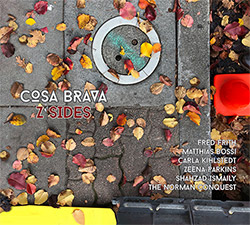
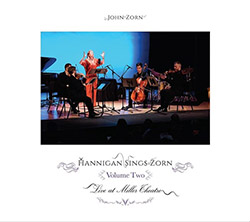
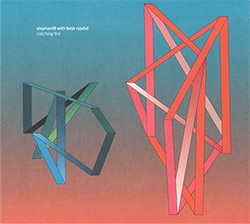
![Elephant9 with Terje Rypdal: Catching Fire [VINYL 2 LPs]](https://www.teuthida.com/productImages/misc4/35355.jpg)
![Deerlady (Obomsawin, Mali / Magdalena Abrego): Greatest Hits [VINYL]](https://www.teuthida.com/productImages/misc4/34876.jpg)
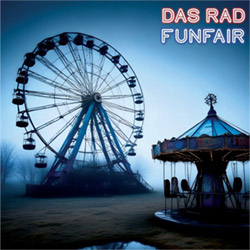
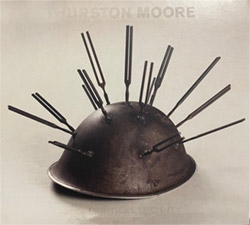
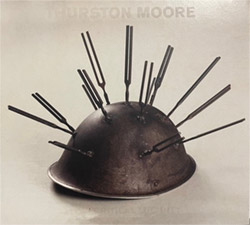
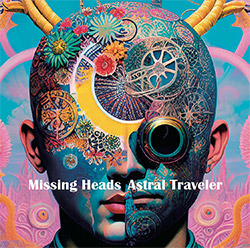
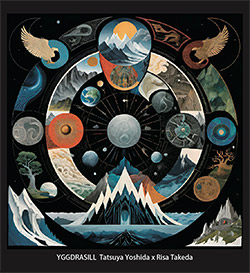
![Coley, Byron: Dating Tips for Touring Bands [VINYL]](https://www.teuthida.com/productImages/misc4/17906.jpg)
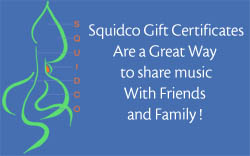
![Lost Kisses: My Life is Sad & Funny [DVD]](https://www.teuthida.com/productImages/misc4/lostKissesDVD.jpg)